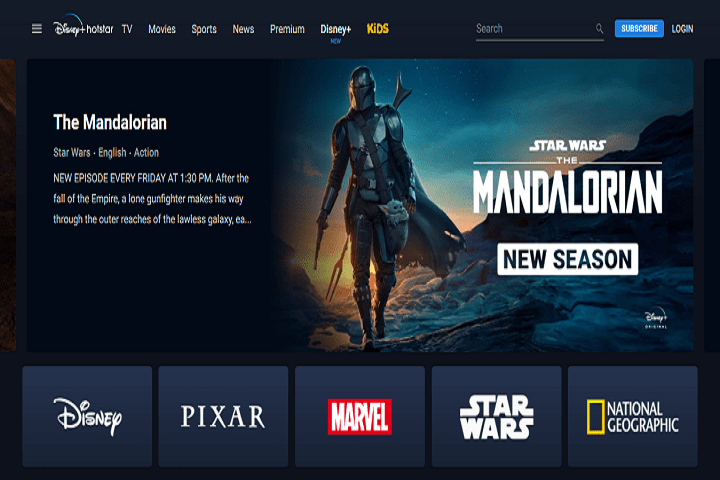TwinzTech
Who Benefits From School Management Systems?
Who Benefits From School Management Systems? Cost Academic Institutions, Cost Per Student, Monthly Cost, One-time Payment, SaaS, SLA

Thinkwave Lessons school management system is an Enterprise Resource Planning (ERP) solution that helps reduce back-office work and aids the institution in streamlining academic and non-academic processes off-campus.
This Software comprises different modules, including online admission, examination management, fee collection, RFID/biometric attendance, school mobile apps, faculty management, library management, payroll management, and more. These modules all create several reports in different formats. These reports help in managing strategic decision-making processes.
Nowadays, most school management systems adopted by schools come with a built-in feature called ‘student management system’ or SMS. The SMS, also known as a ‘student information system’ or SIS, helps manage student data, assign class schedules, and communicate.
Typically, schools generate vast amounts of data on a day-to-day basis. An efficient SIS helps schools manage this data and efficiently communicate it to faculty, parents, and students. This cloud-based system also aids in storing and distributing such information.
School management software can help many academic institutions put their structure in order, arrange curriculums, syllabus, and communications, and some intense reporting features to keep an eye on all procedures.
Despite the size or status of an organization, Thinkwave Lessons school management software can be useful for:
- Dance Schools
- Music Schools
- Cram Schools
- K12 Schools
- Colleges
- Sports Academies
- General Educational Institutions
Table of Contents
1. What Does This Cost Academic Institutions?
There are various methods to look at the cost to academic institutions, and they all have something to offer when it comes to optimizing final expenses.
Because optimal prices are usually highly dependent on the size of the educational institution, the most helpful method to approach it is by working with a combination of them, the way vendors generally do when offering their pricing plans.
2. Cost Per Student

Most school management software offers subscription-based, Software as a Service (SaaS) platforms. Based on this type of service, a few vendors scale their subscription plan pricing based on the number of students included in the subscription.
Some charge a few cents per student, and some can go for over $20. This is either monthly or yearly, depending on the vendor and the feature set offered. On average, the monthly cost per student should be around $6, and the median monthly price per student is about $5.
3. Monthly Cost
A monthly plan can be a bit more complicated to make sense of. Some vendors usually start at a specific flat rate and charge an additional fee per student added to the system. Others, on the other hand, charge by the features used.
The majority of vendors will offer two or more pricing plans, with the first plan ranging from around $49 to $90, the second plan ranging from about $90 to $275, and the third plan starting at $275. The pricing may vary depending on the vendor, so make sure you do your research and compare prices before deciding on a vendor.
4. One-time Payment
Because paying every month can be pretty troublesome, school managers often pay for their subscription upfront.
5. Software as a Service (SaaS)
There is an annual billing option available for any SaaS platform. Paying this kind of money upfront usually costs a significant yearly budget. But it’s the best course of action for any institution.
6. Software License Agreement (SLA)
Since there are many different software delivery types, some vendors prefer a solution that can be installed on a physical server located within the academic institution’s premises.
This is made possible with a Software License Agreement or SLA. Paying upfront also translates to thousands of dollars, the most affordable, around $4,000. But we’ll talk more about that later.
Choosing local servers also leads to additional costs. This includes the server’s operating system, other Software, personnel trained to manage and maintain the server and the school’s entire management system, and training costs that come with a potentially huge learning curve. In addition, it’s not easy to maintain business continuity using this type of solution.
7. Cost of not Employing a School Management Software
No matter the type of delivery, a school management system, like Thinkwave Lessons, is essential. But it can’t be denied that it can be expensive.
However, it will cost more to forego such a system in the long run. This is in terms of costs incurred owing to substandard management, poor organization, or churn rate more significant than retention rate regarding both students and teachers. This is without taking competition into account.
8. Is a School Management System Worth It?
Despite all the proposed benefits you can get from it, a school management system does not provide a solution for any structural problems you are faced with. Nevertheless, it does save your institution time and money both in the short term and long term. It can do this by reducing three things:
- Meetings –meetings use up an incredible amount of time and effort. If you factor in sharing reports and evaluating students, among other things, then it can be pretty exhausting. Automating such activities with the help of a school management system will reduce the time needed for meetings to a minimum, even to zero.
- Employee Hours –there will be no more need for overtime or school faculty to finish work late with all the paperwork. A school management system like Thinkwave Lessons can do all the heavy lifting on your behalf, thanks to a healthy amount of automation.
- Costs in Paper –Everything from applications to student and teacher files and performance reports will be done electronically with a school management system. This is not just suitable but great for the environment.
9. More Productivity
School management systems aim to create more time for academic institutions to focus on productive tasks. In addition, if it’s on the Cloud, there are no maintenance fees needed, apart from the occasional one on your computer or laptop. It can also scale with the educational institution, regardless of how quickly it will grow with new students and teachers.
-

 Instagram4 years ago
Instagram4 years agoBuy IG likes and buy organic Instagram followers: where to buy them and how?
-

 Instagram4 years ago
Instagram4 years ago100% Genuine Instagram Followers & Likes with Guaranteed Tool
-

 Business5 years ago
Business5 years ago7 Must Have Digital Marketing Tools For Your Small Businesses
-

 Instagram4 years ago
Instagram4 years agoInstagram Followers And Likes – Online Social Media Platform















